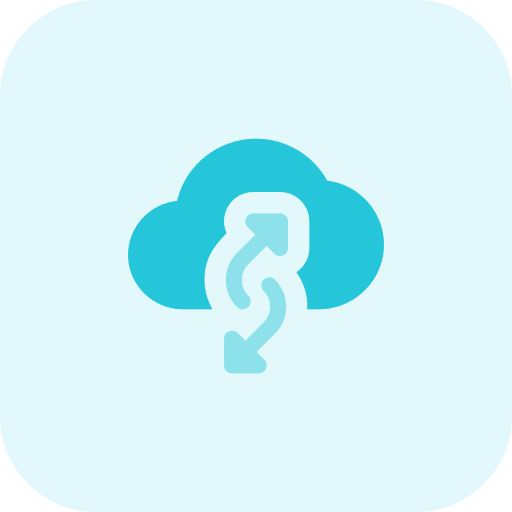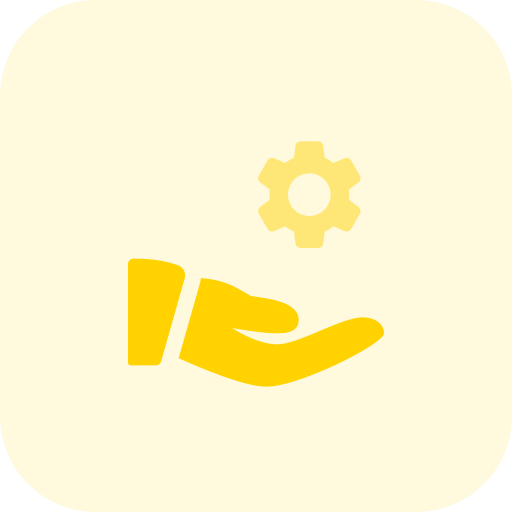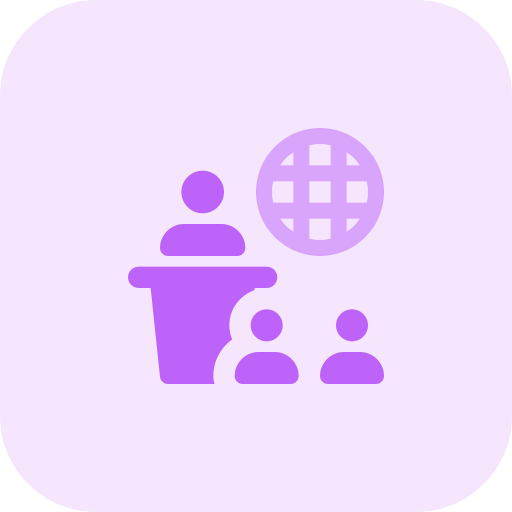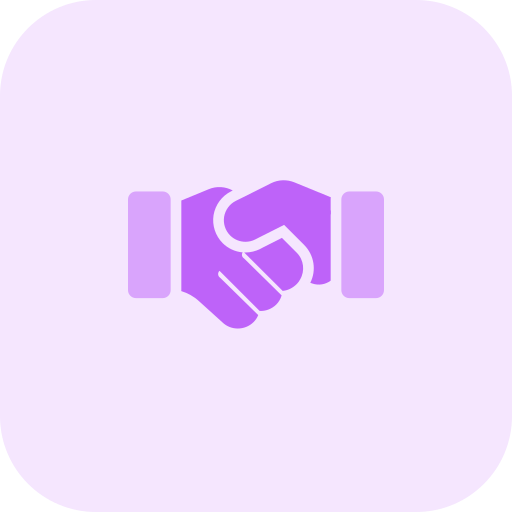Agentic AI Engineering Training by DivVerse Labs
Building Intelligent and Autonomous Agents with Large Language Models. This course is designed to equip developers with the skills and knowledge needed to create AI agents
100% Free for a program valued at $5,000
Download Program Brochure
See Program Overview
Students will explore the inner workings of Large Language Models (LLMs), delve into Conversational AI, learn to use Retrieval-Augmented Generation (RAG) to enhance model capabilities, and build multi-task AI workflows with chains in Langchain. By the end of the course, students will have a solid foundation in developing Agentic AI applications and will be ready to deploy their own AI agents using state-of-the-art tools like LangGraph, CrewAI, and AutoGen.
Join Now
What you'll learn
We carefully curated this program to equip you
Foundations of LLMs
Understand how LLMs are trained, optimized, and used in AI applications.
Conversational AI
Build dialogue systems with context management and natural language processing capabilities
Retrieval-Augmented Generation
Implement retrieval mechanisms to enhance generative AI
Multi-Task LLMs
Use chains in Langchain to create multi-step, task-oriented LLM workflows
Function Calling
Enable AI to make functional calls, improving task completion and interactivity
Agentic AI
Design autonomous agents using LangGraph, CrewAI, and AutoGen for multi-functional, responsive solutions.
Join Now
Course Topics - Weekly Content
Week 01
Introduction to Large Language Models (LLMs)
Overview of LLMs: Basics of how LLMs work, training data, and model architecture.
Popular LLMs: GPT-3, GPT-4, BERT, and other notable models.
Training LLMs: Pretraining vs. fine-tuning, and transfer learning.
Tokenization and Embeddings: How text is processed and represented.
Model Evaluation and Metrics: Measuring performance with accuracy, perplexity, and F1 score.
Project / Assessment
Week 02
Conversational AI Foundations
Conversational AI Basics: Understanding dialogue systems and conversational flow.
Maintaining Context: Building context retention for multi-turn interactions.
Intent Recognition and Response Generation: Leveraging intents to create coherent responses.
Error Handling and Fallbacks: Building robust conversations. How text is processed and represented.
Hands-on with Tools: Building chatbots with OpenAI API and Langchain interface.
Project idea: Develop a basic conversational bot with context management for a specific use
case.
Week 03
Retrieval-Augmented Generation (RAG)
RAG Fundamentals: Combining retrieval with generation to enhance AI responses.
Implementing Retrieval Systems: Using vector databases and embeddings.
Document Indexing and Search: Techniques for fast and efficient data retrieval.
Integrating RAG in Applications: How RAG powers search and information retrieval tasks.
Hands-on Practice: Building a RAG-enabled model with Langchain and a vector database like Pinecone or MongoDB Atlas.
Project idea: Implement a RAG system to answer questions from a custom document set.
Week 04
Multi-Task LLMs and Chains in Langchain
Chains in Langchain: Understanding sequential and parallel chains.
Building Pipelines with Langchain: Linking tasks for multi-step processes.
Multi-Tasking vs. Single-Tasking: Benefits and challenges.
Managing Context Across Tasks: Retaining relevant information for task completion.
Advanced Concepts: Error correction in multi-tasking pipelines.
Project: Create a multi-step workflow to handle a series of related tasks, such as gathering
information and generating reports.
Week 05
Function Calling in LLMs
Introduction to Function Calling: Why and how function calling is useful for AI.
Setting Up Function Calls: Enabling LLMs to trigger API calls and other functions.
Improving Responsiveness: Using function calling to enhance task-oriented interactions.
Error Handling in Functions: Debugging and validating function calls.
Hands-on with Function Calls: Practical applications in scheduling, data retrieval, and task automation.
Project: Implement function-calling within an LLM-powered assistant to interact with a calendar API or similar external service.
Week 06
Introduction to AI Agents
What are AI Agents?: Definitions and characteristics of agentic AI.
LangGraph Overview: Introduction to LangGraph for building agent workflows.
Agent Architecture: Components, environment, and control.
Agent Autonomy: Balancing control and freedom in autonomous agents.
Project: Build an autonomous agent to conduct a simple task series, such as handling an email
triage.
Week 07
Advanced Agentic AI Tools - CrewAI and AutoGen
Introduction to CrewAI and AutoGen: Overview of tool functionalities and setup.
Task Coordination with CrewAI: Enabling multi-agent collaboration.
AutoGen for Dynamic Tasking: Implementing adaptive agents that respond to changing
contexts.
Building Collaborative AI Agents: Integrating CrewAI for team-based task completion.
Project: Design an agentic system for a simulated real-world scenario, such as coordinating a
customer support response across multiple agents.
Week 08
Deployment and Final Projects Week
Final Project: Create a deployable agent to handle a complete workflow, combining RAG,
function calls, and multi-task capabilities.









